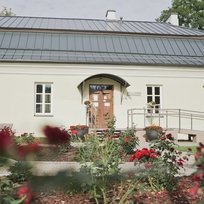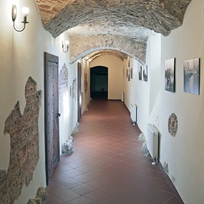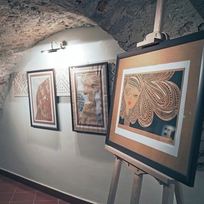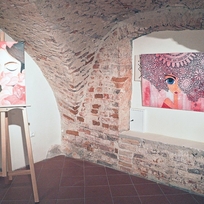The origins of the Veisiejai Manor date back to 1501, when the Grand Duke of Lithuania Alexander gifted these lands to the Glinskis. In 1613, the Radvilas became the owners of Veisiejai. In 1733, the manor was bought by Teodoras Masalskis, and later the manor was managed by his sons Andrius and Stanislovas. The manor farmstead, fragments of which have survived to this day, was created by the Grand Hetman of Lithuania Mykolas Juozapas Masalskis, who was married to Franciška Oginskaitė. The future Bishop of Vilnius Ignotas Jokūbas Masalskis was born into their family. In 1743–1745, the owner of Veisiejai, the Grand Hetman of Lithuania Mykolas Masalskis, completed the U-shaped representative palace by adding two wings. Only one wing remained from the once luxurious manor – a one-story plastered brick building. In 2015 The Veisiejai Regional Park Visitor Center and the park administration are located in the only surviving wing of the Veisiejai Manor, renovated with EU structural funds.
In one of the oldest parks in Lithuania, Veisiejai Manor Park, you can find a linden circle planted in the second half of the 18th century, where 21 linden trees grow, and the 200-year-old Veisiejai Manor Park ash tree. Here you will also find the Bridge of Love, which fulfills the wishes of lovers. Important elements of the park are a monument to the creator of the Esperanto language LL Zamenhof, a sculpture of the poet Sigita Geda, and a musical and luminous fountain.














Reviews